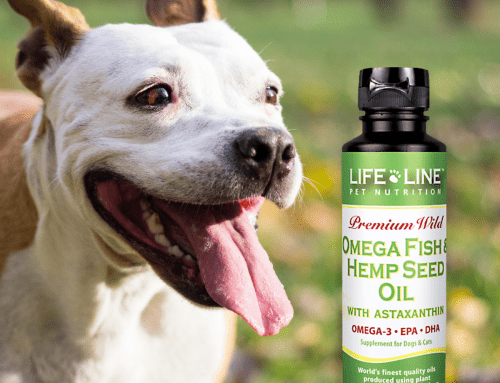Standard fish oil is typically produced from anchovy, herring, menhaden or sardines which are harvested off the coast of Chile and Peru, the Gulf of Mexico, the Atlantic coast and Norway. Peru produces one fourth of the world’s production of fish oil.
Generally, the fish used for common “fish oil” products are relatively high in organophosphates, PCB’s and varying levels of toxins and rancidity based on handling practices of the catch at sea and on the docks.
Standard fish oils are commonly purified through molecular distillation in order to concentrate the fatty acids as well as to purify the oil and remove various toxins. Since triglycerides do not fractionate well, they are first transformed to ethyl esters and then fractionated. Triglycerides are the natural form of the fatty acids lost in the process.
Subsequent manipulation of the distillation conditions results in final products of varying EPA and DHA ratios. Ethyl Ester concentrates tend to be of a lower viscosity than regular fish oils and color, taste and smell can vary along with fatty acid concentrations. Unscented fish oils are highly refined and distilled, stripped of most of their beneficial qualities.
Refining is a multi-step process involving the following steps:
Degumming: Crude oil is treated with acids to remove the hydratable phospholipids, gums and proteins.
Neutralization: 204°F Oil is treated with sodium hydroxide to remove free fatty acids.
Bleaching: 230°F In addition to coloring particles, the bleaching treatment using activated clays will remove residual phosphatides, metals, soaps and oxidation products. The oil is heated under vacuum with steam to ensure proper mixing with the bleaching earth.
Winterization: 32°F Oil is chilled causing saturated fats to precipitate out. This is critical in fish oil refining which generally requires that enough of the saturated fats be removed so that the oil will remain clear for 3 hours at 0° C.
Deodorization: 428-455°F Oil is heated in an inert atmosphere under reduced pressure. Deodorizing removes odoriferous material, free fatty acids and other undesired minor components.
Trans-esterification: Triglycerides in oils are converted to ethyl esters in order to be more easily handled.
Fractionation: Ethyl esters of important fatty acids are separated and purified through molecular distillation
So…
What About Wild Alaskan Salmon Oil?
Wild Alaskan salmon are one of the world’s few species of fish that remain relatively pure and natural. The state of Alaska monitors the health of the environment, waters and fish to protect their best known asset- Alaskan Seafood.
The raw materials for our product are produced from the by-product of the Alaskan salmon industry- a sustainable fishery. The salmon are brought to the processing facility within hours of being caught. The fillets are removed and what remains is pumped immediately into the oil processing system. Our oil is produced within hours of being caught. It is the only way to ensure the freshest product in the world.
Alaskan salmon continuously test free of contaminants and as a result their oil also tests pure without the need for high temperature refining and molecular tampering. We can produce an oil, similar to the process for making extra virgin olive oil, that uses little heat, thereby preserving all the constituents of the oil just as nature intended. All of the distinct (over 32) fatty acids remain intact and yet Alaskan salmon oil continuously test cleaner than fish oils that have gone through distillation processes.
Astaxanthin, a powerful, natural antioxidant found in wild salmon remains intact. How much astaxanthin is present in standard “fish oil”?
What is Pollock Oil?
Pollock is an Alaskan fish that is harvested twice a year and used to make fish sticks and imitation crab among other things. There is an abundance of raw material to manufacture fish oil and the fishery is very stable. As the demand for Wild Alaskan Salmon increases on the human use side of the business the price and availability become very uncertain for us pet people as we are using the same oil that could be sold to pharmaceutical companies for a much higher price.
I have researched many different Alaskan fishes over the past ten years and Pollock is my second favorite choice. It shares many of the same properties of salmon such as no heavy metals, high Omega-3 content and our ability to cold filter it. The oil is slightly darker but has the same consistency and smell as fresh salmon.
Why call it “Fish Oil” and not “Pollock Oil”?
Outside of a small circle of fish savvy people I don’t think the average person would know what a Pollock is so it just makes sense to call it “Fish” oil. When you go to the supplement store the fish oil capsules say “Fish Oil” and you’d be hard pressed to figure out what kind of fish they are using. For us it just keeps it simple. It’s no secret, it’s Pollock oil.



